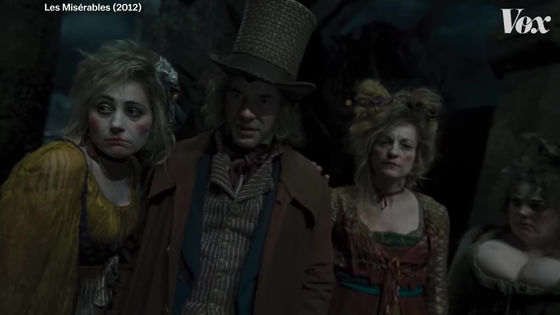What is the reason why 'scenes with the camera tilted' appear in video works?

Our field of view is basically 'ground down, sky up', but in video works such as movies, sometimes 'obliquely tilted angle' scenes are inserted. Vox, a news media, explains in a movie where the origin of such a 'camera tilted scene' comes from.
Filmmakers use a variety of tricks to portray 'anxiety.' For example, in the case of such a forest scene ...

Add anxious background music, increase the width of the top and bottom black belts, add lightning sound effects, make the tones cooler, and tilt the camera slightly. This technique of tilting the camera is called the

It's standard to use multiple tricks like this at the same time, but the Dutch Angle works well when used alone. For example, scenes using Dutch angles will appear in
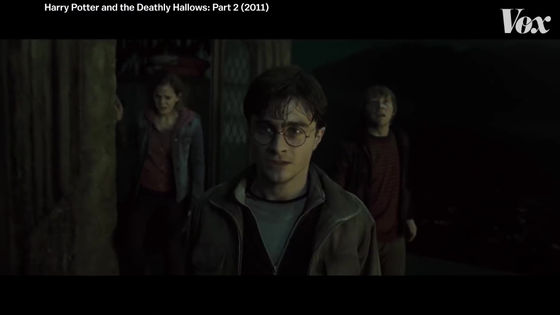
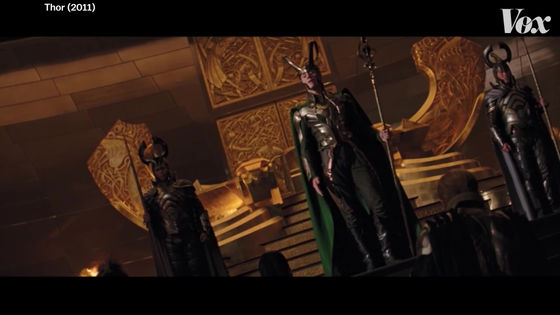
Dutch angles are often used in movies today. However, this Vox movie explains the point that 'the origin is not a movie'.

First of all, the technique of tilting the camera is called 'Dutch angle' as mentioned above, but its origin is not Dutch (Netherlands). Germany is the origin.

The development of the technique of tilting the camera in Germany comes from the 'Foreign Film Import Ban Law' during the First World War.
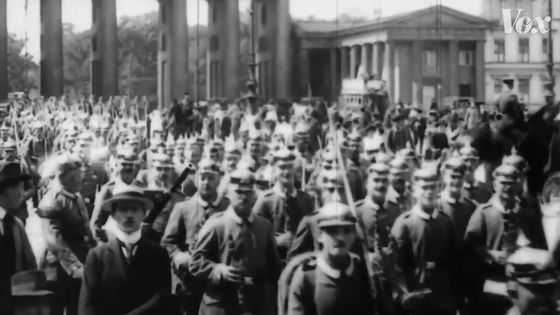
In the United States, which was an enemy of Germany, it was a time when Hollywood's popularity began to catch fire.
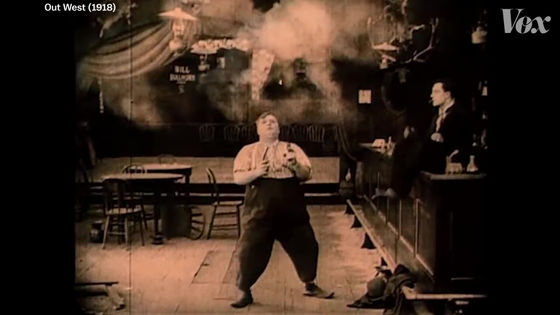
At that time, the mainstream in Hollywood was a simple happy-end movie, but with the foreign movie import ban law, Germany went on a different path from Hollywood. That is '
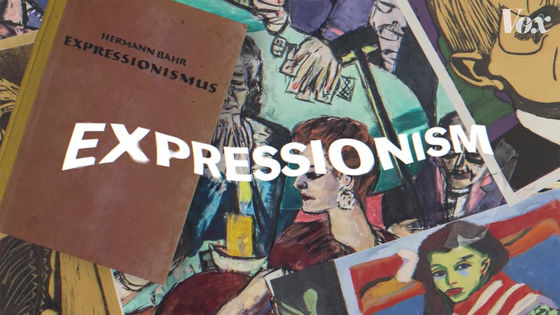
Expressionism is known as one of the difficult words to define, but roughly the opposite of
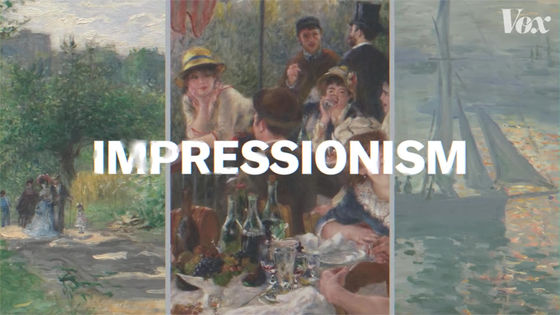
What is Impressionism?
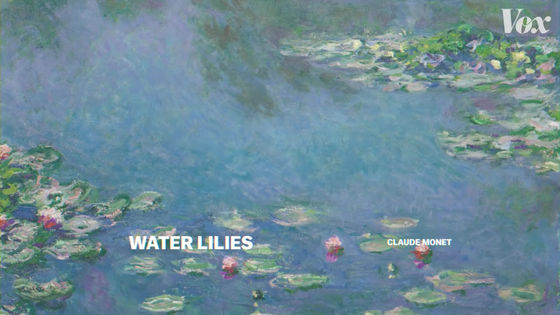
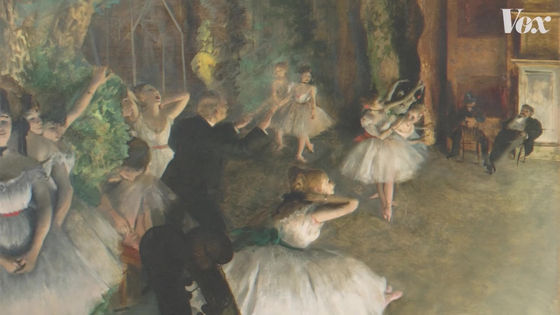
Expressionism, on the other hand, was characterized by focusing on inner subjective expressions, excluding objective expressions such as
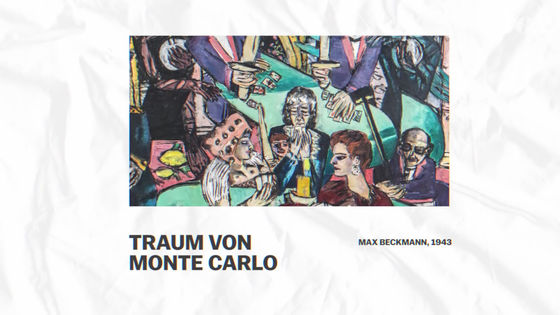
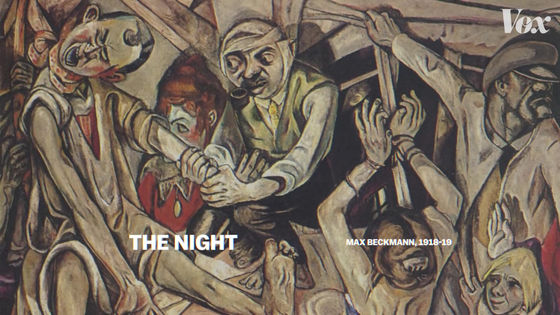
Expressionism emphasizes the expression of internal impulses, but at the same time sticks to the form of refining the real world. Expressionist painters of the time focused on subjectively expressing the turmoil of the world. In other words, I tried to depict the fear created by war and the anxiety of modern society.
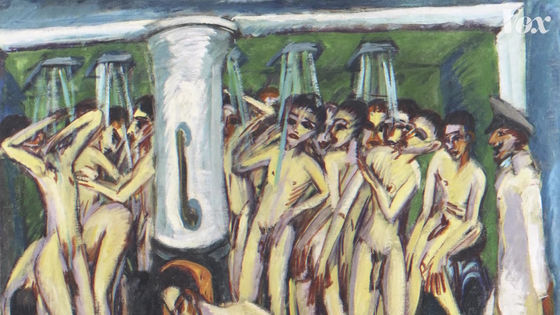
Expressionists at the time created spooky and sometimes nightmarish paintings, using dare to distort figures, rough styles, and crazy colors.

And the German films that appeared in the era of expressionism were also influenced by it.
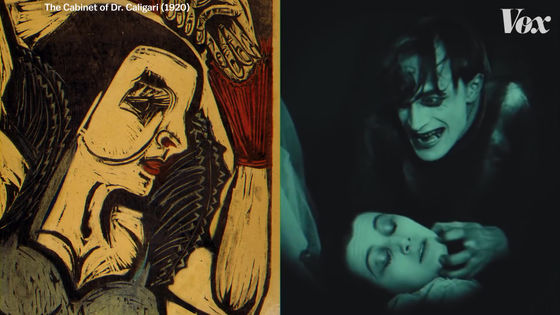
'Scene distortion' that leads to the later Dutch angle is incorporated. Dr. Kaligari used a lot of distortion in the stage set used as the background.
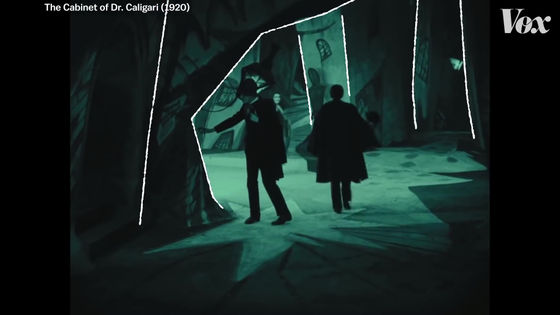
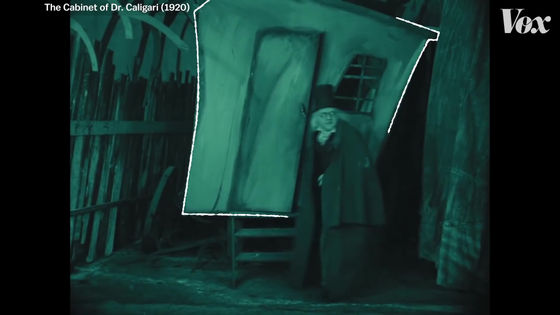
In fact, the three people who were in charge of directing Dr. Caligari were advocating expressionists.
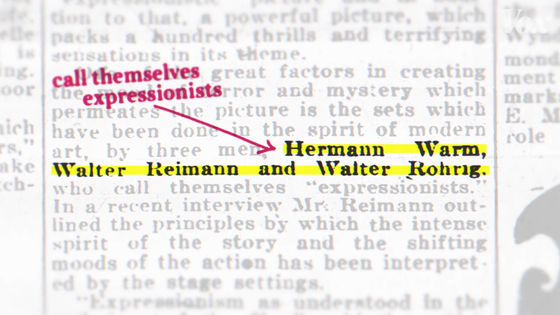
The impact of Dr. Caligari on the world is enormous, and if you look at the criticism section of the newspaper at that time, you will find a lot of compliments for the performer's phantom performances and innovative stories, including the headline 'The most notable movie in history'. ..
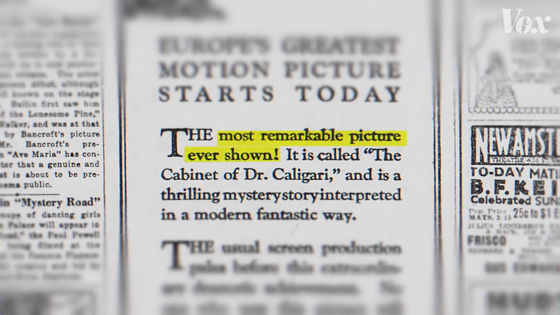
However, it was the set that became the stage background that received the most praise. The technique of 'tilting' used throughout the set has earned a reputation for pushing the tension and distorted worldview to another dimension.
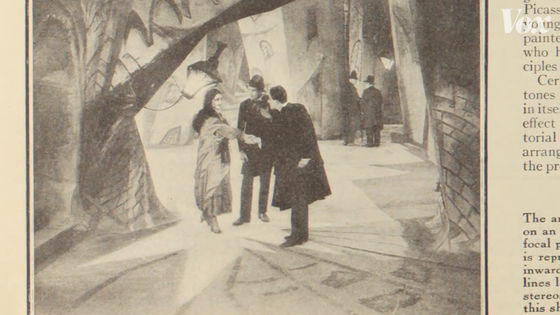
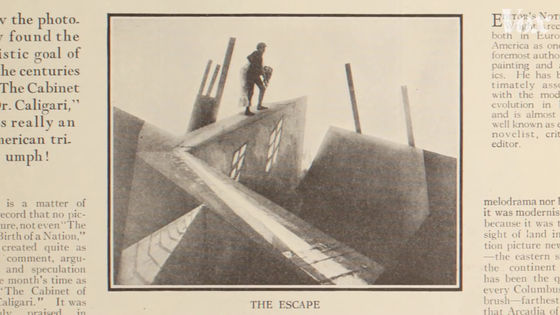
Expressionism in the film opened by Dr. Caligari will be taken over by '
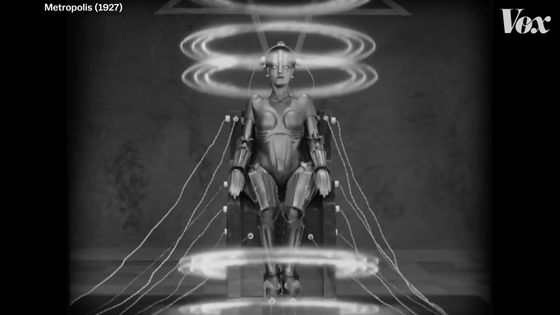
The Dutch angle was also inherited.
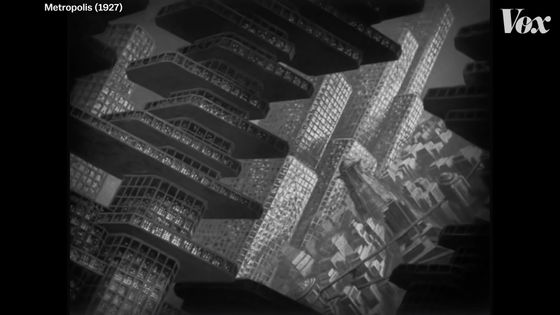
Dr. Kaligari used the technique of 'tilting the set itself', but it evolved into the form of 'tilting the camera' in the subsequent inheritance process.
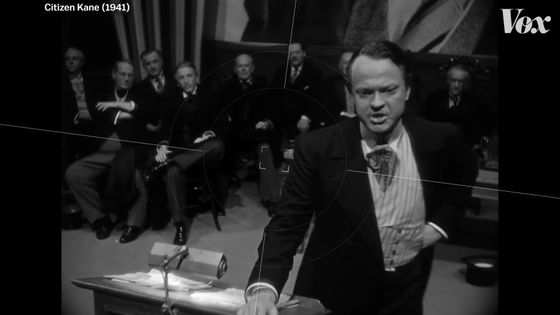
Dutch angle was especially


Hitchcock himself even replied, 'This movie is strongly influenced by German movies.'
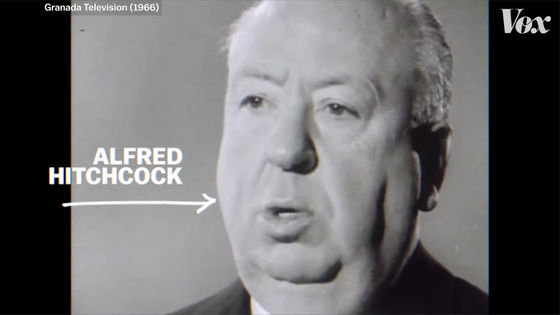
After that, Dutch Angle jumped from thriller movies to movies of each genre, and in recent years, commercials that make heavy use of Dutch Angle have also appeared. It has become an indispensable technique for video works.
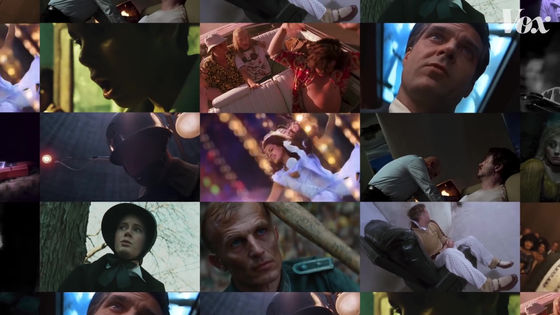
'
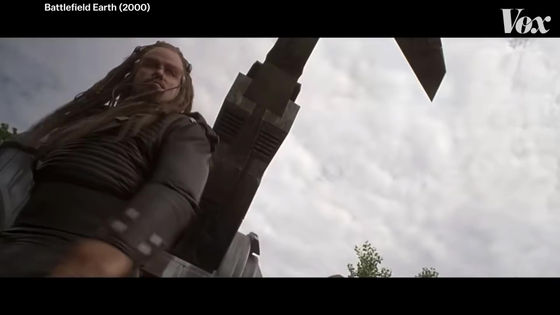
Masters such as Spike Lee, Terry Gilliam, and Tim Burton prefer the Dutch angle when they want to emphasize tension or arouse anxiety.
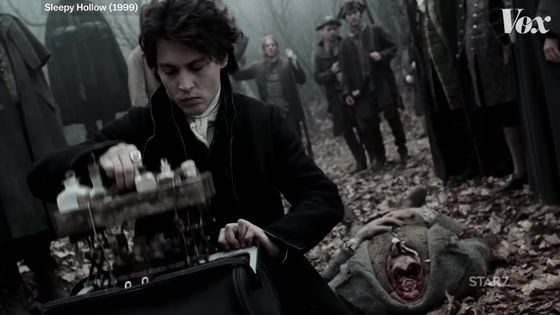
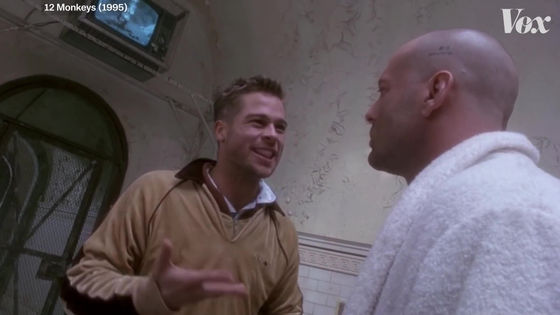
In this way, expressionism is still alive over time.
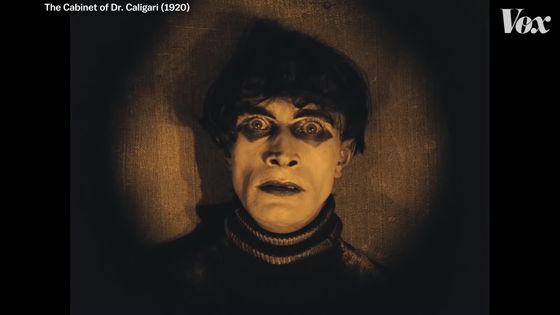
Related Posts:
